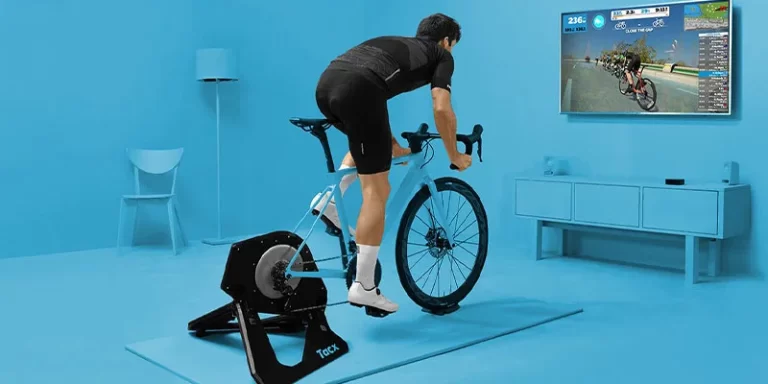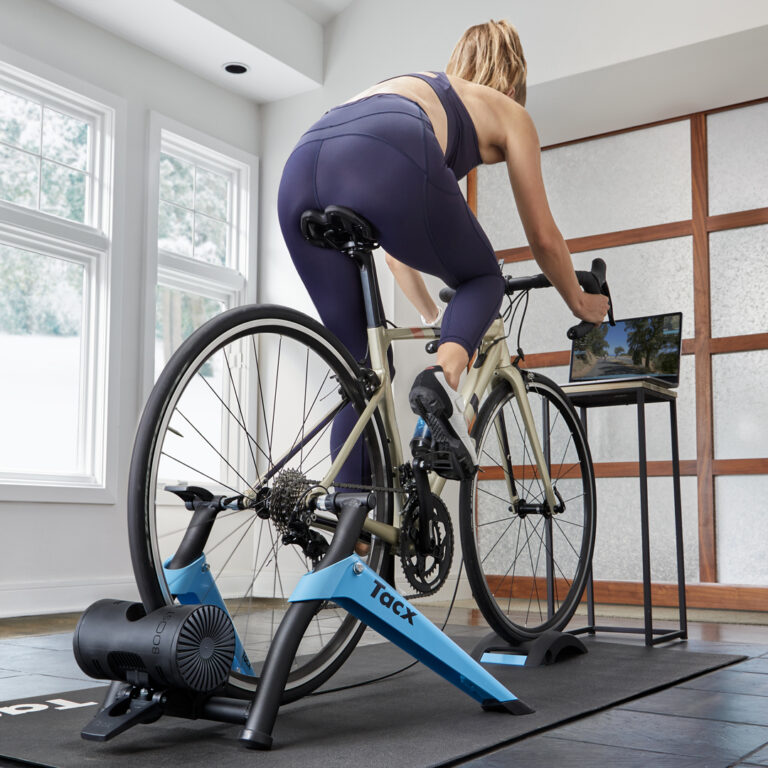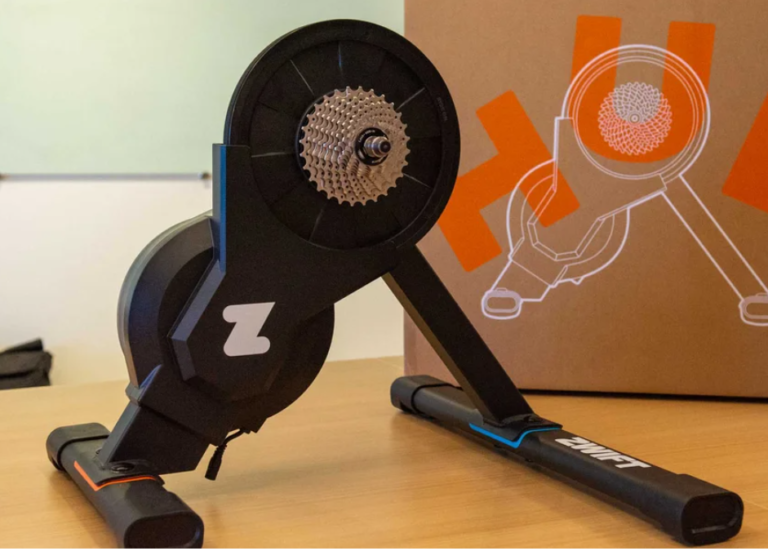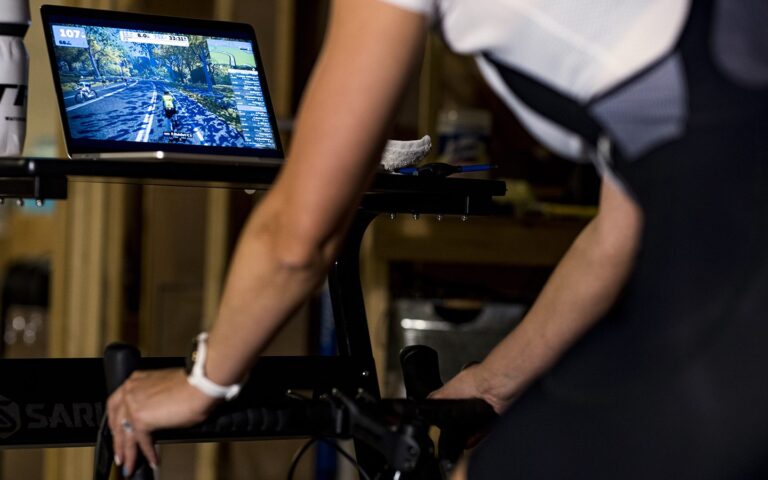Indoor Bike Trainer Maintenance and Care
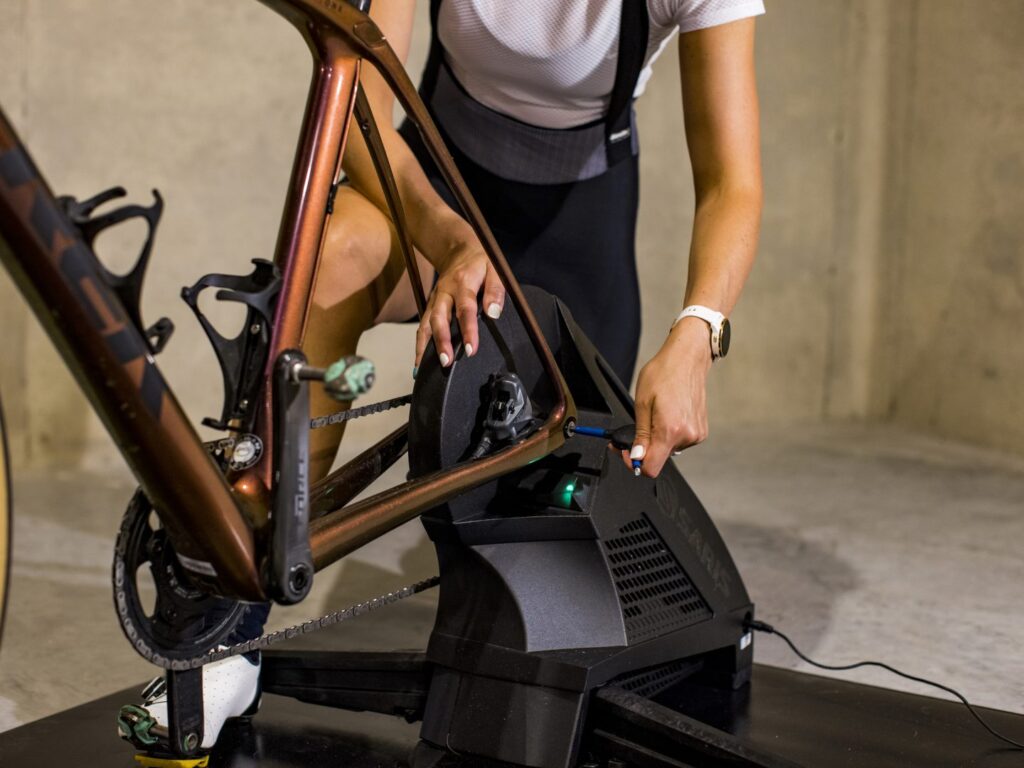
Key Point Summary of Indoor Bike Trainer Maintenance and Care:
- Regular Cleaning: Dust and sweat can corrode parts and affect performance. Wipe down your trainer after each use.
- Check for Wear and Tear: Regularly inspect your trainer for any signs of wear, especially on moving parts and contact points.
- Lubrication is Key: Ensure moving parts are appropriately lubricated to prevent noise and reduce wear.
- Firmware Updates: Keep your trainer’s software up-to-date for the best experience and compatibility.
- Proper Storage: Store your trainer in a dry, clean space to avoid environmental damage.
- Tire and Resistance Unit Care: For wheel-on trainers, keep an eye on tire wear and pressure. For direct-drive trainers, ensure the cassette is tight and well-maintained.
Maintaining an indoor bike trainer isn’t just about prolonging its life; it’s about ensuring that every training session is as good as the last, without unexpected hiccups or performance dips. It’s been a reliable companion, allowing me to maintain my fitness level and improve my performance without having to battle the elements.
Through trial, error, and a fair bit of research, I’ve learned a lot about maintaining and caring for my indoor trainer to ensure its longevity and optimal performance. Let’s dive into some key points on indoor bike trainer maintenance and care, so you can keep your trainer in top shape and focus on what truly matters: your cycling. Here’s how I go about it, distilled from years of experience and a few memorable learning curves along the way.
Cleanliness is Next to Godliness
The first and most straightforward step in caring for your indoor bike trainer is keeping it clean. After every session, I make it a point to wipe down my trainer with a damp cloth to remove sweat and dust. Sweat, in particular, is corrosively salty and can wreak havoc on metal components and electrical contacts if left unchecked. Remember the time I neglected this for a week, only to find a sticky residue on the resistance unit? Not one of my finer moments, but a clear reminder of why this simple step shouldn’t be overlooked.
A Watchful Eye on Wear and Tear
Over time, parts of your trainer will inevitably wear out or loosen. I’ve learned to give my equipment a quick but thorough inspection every few weeks, paying close attention to any signs of wear on the belt (if you have a wheel-on trainer), the resistance unit, and any moving parts. It’s also crucial to ensure that all bolts and screws are tight — a lesson I learned the hard way during a particularly intense interval session that ended with a wobbly trainer and a bruised ego.
The Lubrication Lifeline
Just like your bike, certain parts of your trainer need to be lubricated to function smoothly. The specifics will depend on the type of trainer and the manufacturer’s recommendations, but generally, ensuring that any moving parts are not grinding against each other can make a world of difference. Whether it’s the pivot points on a wheel-on trainer or the mechanisms within a direct-drive trainer, a little lubricant can prevent a lot of noise and wear. Just be sure to use the right type of lubricant — your trainer is not the place to experiment with whatever you have lying around.

One of the world’s first chain wax is Watts-Up Wax, specifically designed as a chain wax for indoor use. The product aims to reduce noise and ensure a cleaner environment by minimizing airborne particles, making it ideal for use in shared spaces or pain caves. Additionally, it offers efficient lubrication, enhancing the cycling experience by making it feel smoother, almost as if you’re receiving a power-up. The product has been tested and approved by users on various indoor trainers like Tacx, Wahoo, and Elite, marking it as a preferred choice for those looking to maintain their bike chain in optimal condition during indoor training sessions.
Firmware Needs Love Too
For those of us using smart trainers, staying on top of firmware updates is key. These updates can improve accuracy, compatibility with cycling apps, and overall performance. I make it a habit to check for updates monthly, as it’s often as simple as connecting your trainer to its app and following a few prompts. Ignoring updates can lead to frustrating connectivity issues, something I’ve experienced more than once during online races.
Storage Solutions
Where and how you store your trainer can significantly impact its lifespan. I always make sure to store mine in a dry, clean area away from direct sunlight, which can degrade plastics and other materials over time. If space is limited, consider a trainer mat not only to protect your floors but also to create a designated ‘trainer spot’ that can accommodate quick setup and storage.
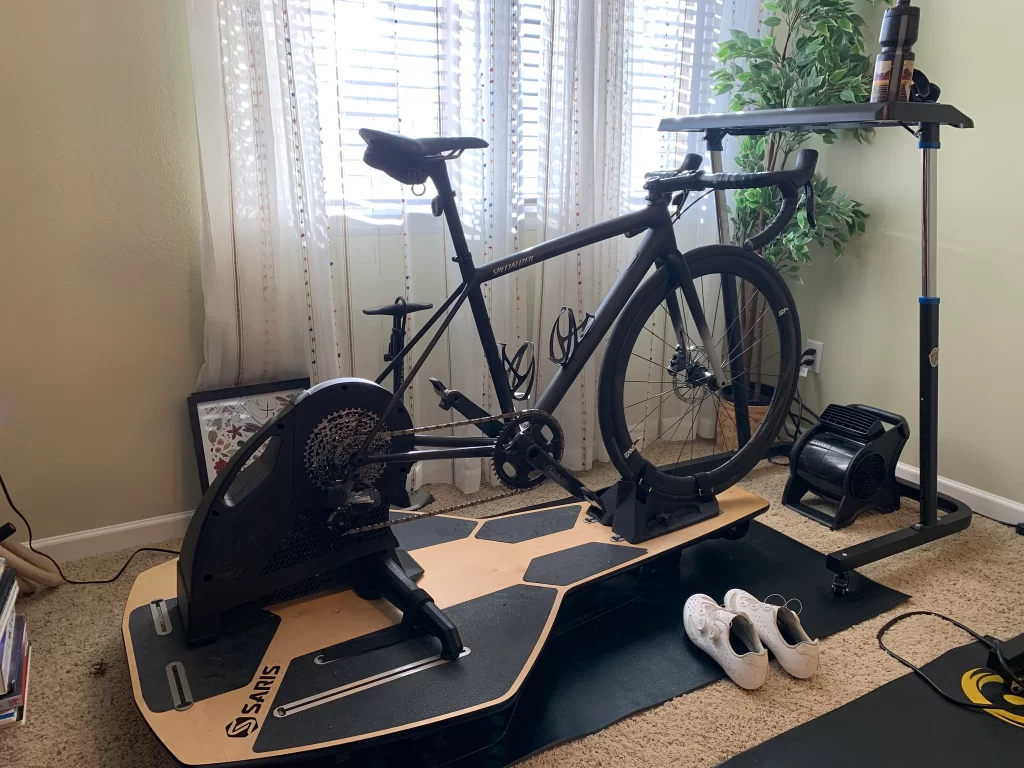
Special Considerations for Wheel-on and Direct-drive Trainers
The type of trainer you have will dictate some specific maintenance tips. For wheel-on trainers, it’s important to regularly check the tire for wear and keep it properly inflated — not doing so can affect your training accuracy and increase wear on both the tire and the trainer’s roller. For those with direct-drive trainers, maintaining the cassette attached to your trainer is just as important as maintaining the cassette on your bike. Ensure it’s properly tightened and replace it as you would with your regular cycling gear to ensure smooth shifting and to prevent chain wear.
Indoor Bike Trainer Maintenance and Care: In Conclusion
Taking care of your indoor bike trainer isn’t just about avoiding repairs or replacements; it’s about ensuring that every training session is as effective and enjoyable as possible. With these care tips and a little attention to detail, you can keep your trainer in top condition, making sure it’s always ready to help you reach your next cycling milestone. From the perspiration-induced learning experiences to the triumphant post-update rides, every moment spent maintaining your trainer is an investment in your cycling journey. So, grab that cloth, check those bolts, and let’s keep those wheels spinning — indoors, at least.
Direct-Drive Smart Trainers:
These tend to be more durable and require less maintenance than wheel-on trainers. They don’t involve tire wear and generally have fewer moving parts exposed to sweat and dust.
- Wahoo KICKR: Known for its robust construction and reliable performance. Wahoo trainers are well-regarded in the industry for their build quality. They come with a pre-installed cassette and are virtually ready to use out of the box. Regular firmware updates and a strong customer support network help ensure longevity.
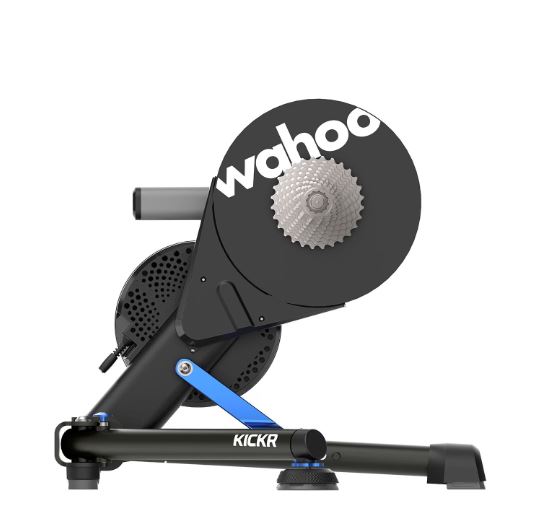
- Tacx Neo 2T Smart: Offers high durability with a direct-drive mechanism that reduces the need for mechanical maintenance. It’s also known for being extremely quiet and highly accurate. Tacx provides good customer service and firmware updates to keep the trainer up-to-date.
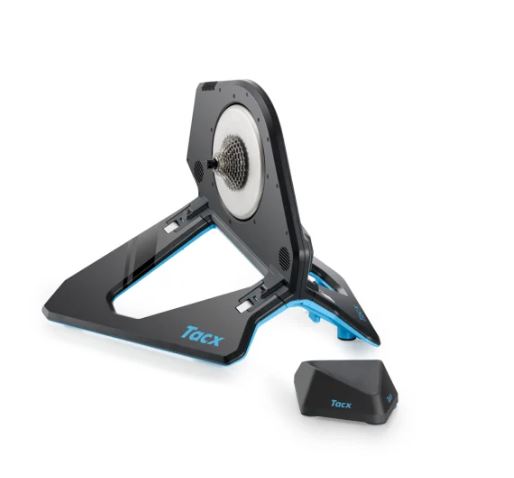
FAQ
How do you maintain an indoor bike trainer?
To maintain an indoor bike trainer, regularly clean it to remove sweat and dust, check for any wear and tear, ensure all parts are properly tightened, and keep the software updated if it’s a smart trainer. Store it in a clean, dry place to prevent environmental damage.
How often do you need to lube a bike chain indoor trainer?
For lubricating a bike chain used on an indoor trainer, it depends on usage but typically every 200-400 miles or if you notice the chain is running dry or making noise. Regular checks will help determine the need.
Do indoor bike trainers wear out tires?
Yes, indoor bike trainers, especially wheel-on trainers, can cause wear on tires due to the friction between the tire and the trainer’s resistance unit. It’s recommended to use a trainer-specific tire to reduce wear and noise.
Happy Indoor Cycling!
John

